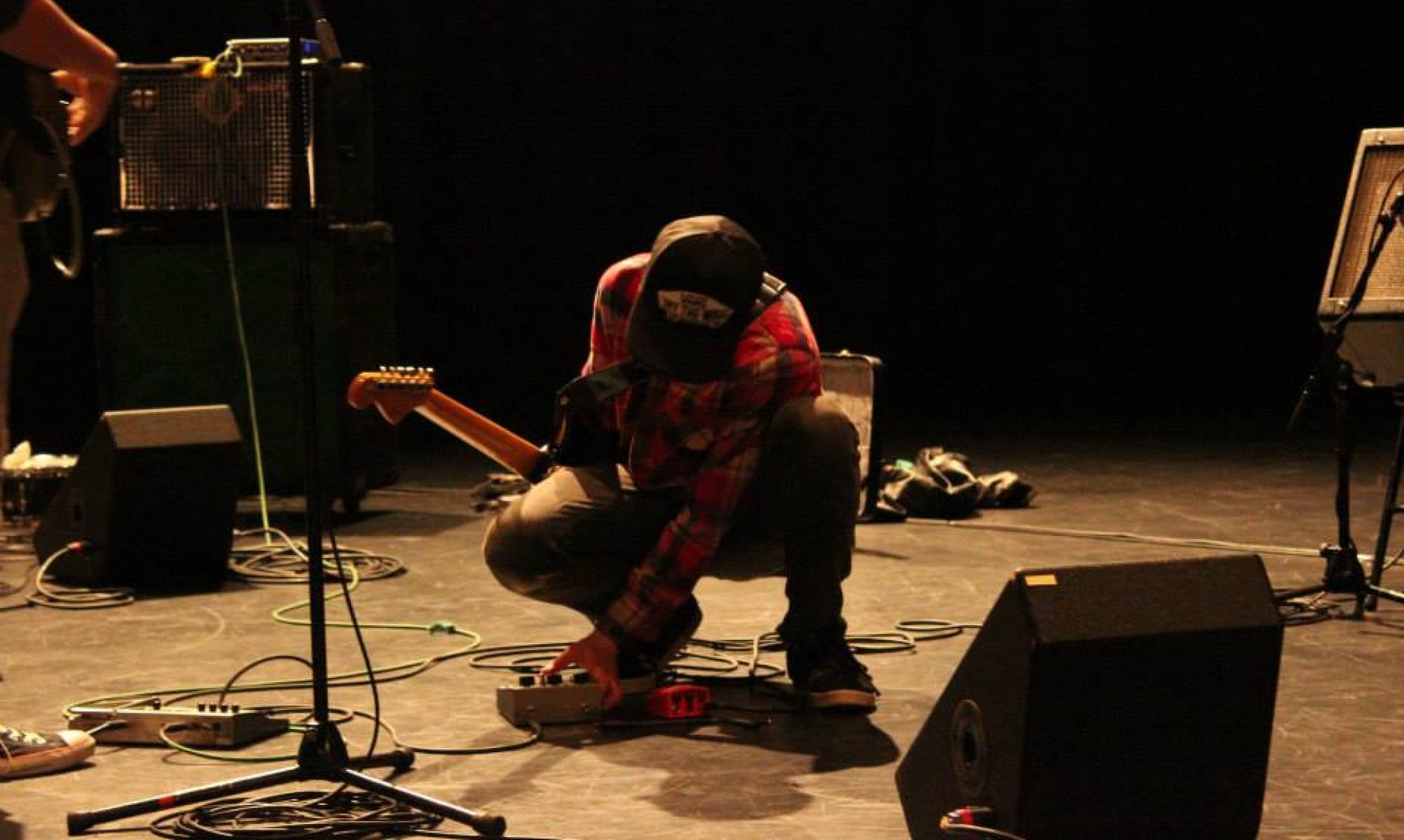Credit: These folks wrote it better than I explained it.
Before continuing, you might get more out of this lesson if you understand what a major scale is and it’s corresponding chords. I would watch this student resource before continuing.
-
- Repetition. Repeating the same bundle of chords or notes creates rhythmic tension by establishing a predictable pattern and putting emphasis on these sounds. Depending on the style of music, a sudden chord change that breaks up the repetition can either produce a satisfying release for the build up, or create more tension by pulling the listener out of their audio comfort zone.
- Dissonance. Create harmonic tension by putting two notes together that feel unstable or uneasy (like a middle C and its neighboring semitone, C-sharp). Dissonant note pairings are often used in horror films or video games, and even in comedy productions to escalate tension and produce excitement. The listener wants reconciliation for the notes, which feeds into the anticipation of where the music is going. Release comes when the notes once again achieve consonance or harmony.
3. Key changes. When a song shifts between keys, it creates anticipation to return to its resolutive tone, the original tonic chord, which serves as the tonal center for a composition. Adding minor keys or moving out of the familiar note zone can also contribute to musical tension, where the listener feels uneasy until the music returns to its initial sound.
4. Dynamics. Music that increases or decreases in loudness builds toward a climax for the listener. Music can get louder gradually or suddenly, and each way delivers its own unique feeling of tension.
5. Restriction. Some music, like EDM, relies on building tension by holding off longer to release. An exciting build up of a rhythmic pattern leads to a climactic moment (also known as “the drop”), where reaching the peak of the music achieves release. This is often done with pitch as well. Having the pitch crescendo to higher pitcher until the melody must fall.
6. Syncopation. Syncopated rhythms are a disruption to the regular pattern of beats. Pairing strong and weak beats together and then interrupting their sound with an accent or contradiction to the established meter creates a yearning for unity. The more off-beat a rhythm is, the more tension develops. When the song is more on beat, it creates audio satisfaction, contributing to the feeling of release.
7. Negative Space. Using silence or limited elements leaves the listener wanting more. This use of space can also help increase tension within elements listed above.
8. Chord Progressions.
